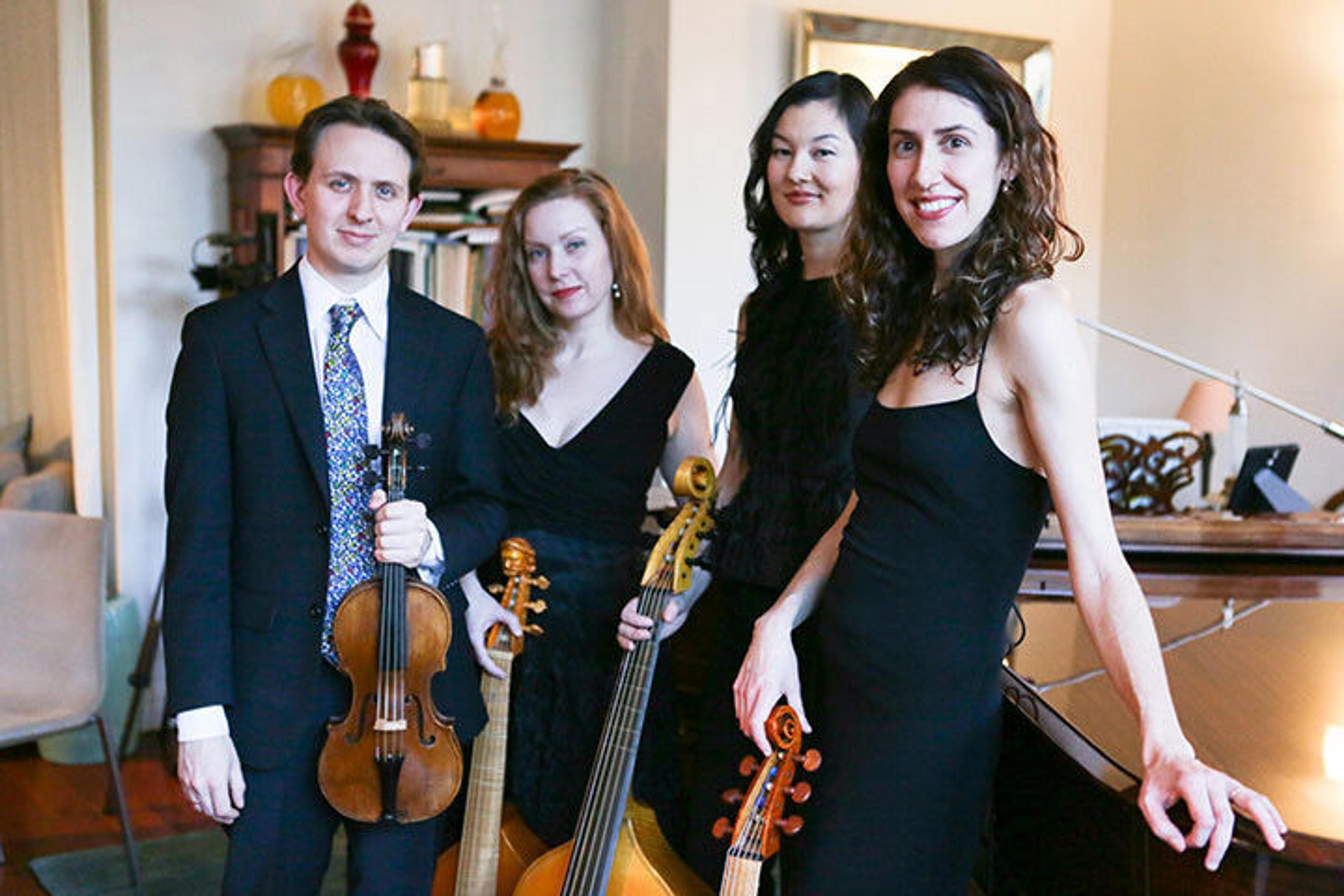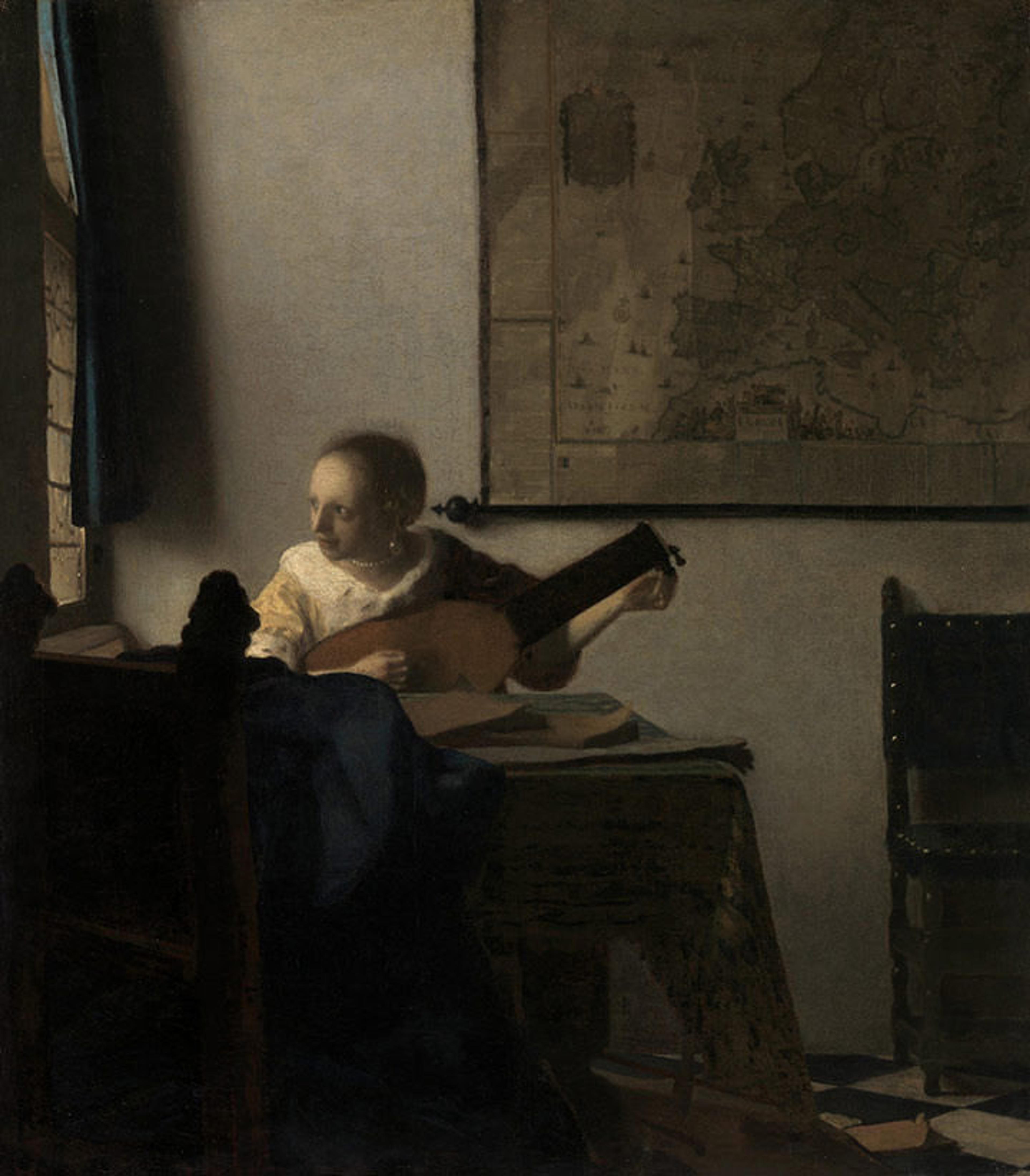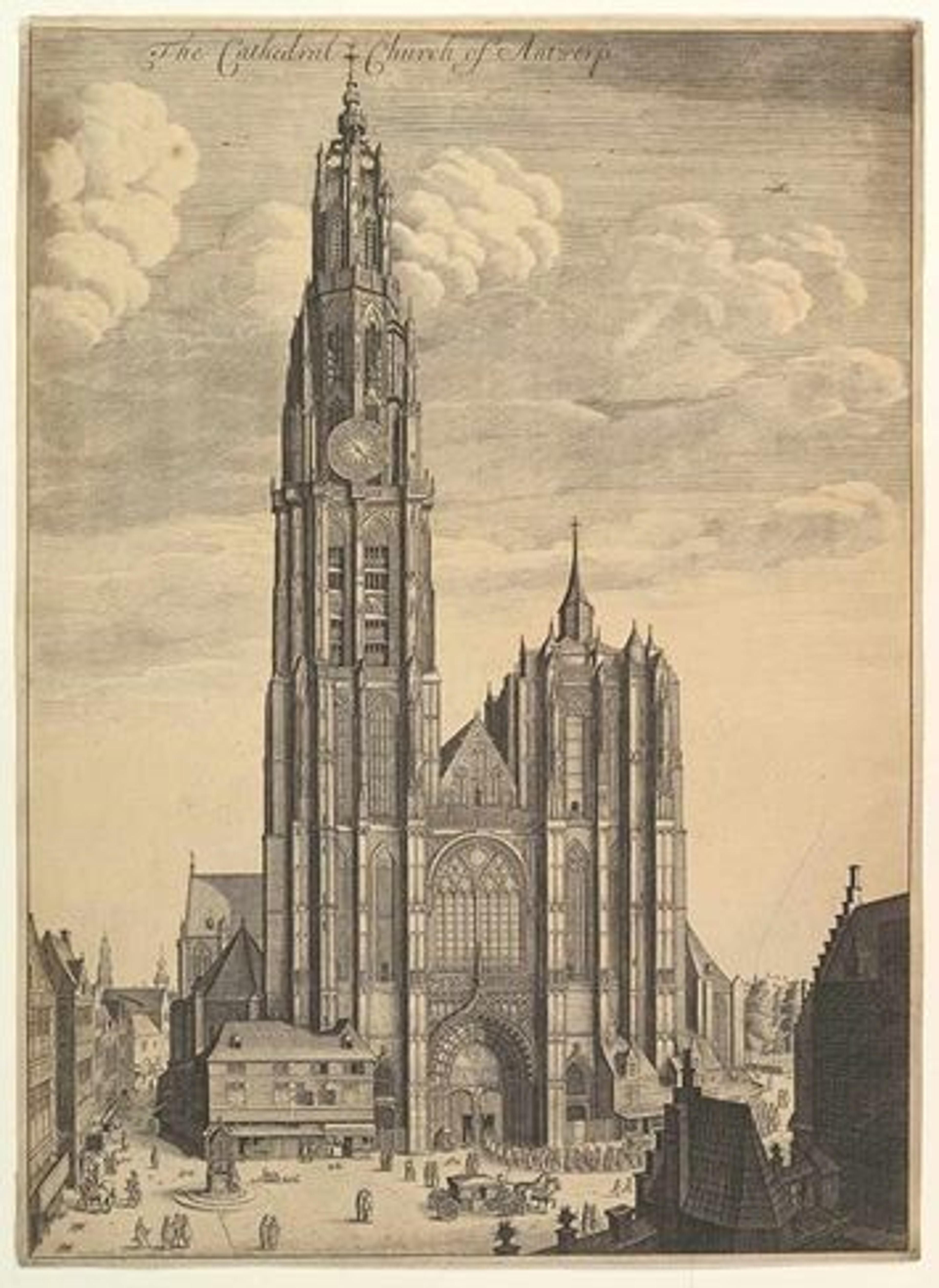Bringing Leonora Duarte's Forgotten Music to The Met

Portrait of Sonnambula © Teju Cole, 2016
"For Monsieur de Warty and his daughters I have heard to the fulle. Indeed they make a fyne consort and harmony for luts, viols, virginals and voyces. I doubt not but you will fynde great contentement by hearing them." —Constantijn Huygens
«My first exposure to the music of Baroque composer Leonora Duarte (1610–1678) came while sight-reading with friends years ago on a frosty night in England. The details of the evening are etched in my mind (as are details of all of one's formative experiences): the crackling of the fireplace as we explored the sinuous lines of melody, and the excitement of knowing that I was likely one of the few people in the world hearing Duarte's voice since it had been conscribed to music parchment nearly 400 years before.»
Duarte was a Jewish Converso born in Antwerp to a prominent family of merchants and art collectors who were friends of the keyboard-making Ruckers family, Vermeer, and possibly Rubens. She composed seven short pieces, sinfonias, during her lifetime; today they are the only record we have of music written for the viol by a woman in the 17th century. And not only are they rare, but much to the good fortune of the performer, the works also betray a formidable talent for composition, a fierce personality, and a sense of quietude and introspection.

Johannes Vermeer (Dutch, 1632–1675). Woman with a Lute, ca. 1662–63. Oil on canvas, 20 1/4 x 18 in. (51.4 x 45.7 cm). The Metropolitan Museum of Art, New York, Bequest of Collis P. Huntington, 1900 (25.110.24)
On Wednesday, December 21, I will perform Duarte's complete oeuvre with Sonnambula, a Renaissance ensemble, in the Grace Rainey Rogers Auditorium as part of the MetLiveArts series and the 2016 holiday concert season. The performance, Flemish Holiday with Friends and Family, will be a rare opportunity for an audience to hear this music in its entirety—and an occasion to share my intimate sense of musical discovery in the way that only live performance can convey.
Duarte received a superb musical education that included instruction on viol, virginals, and lute, as well as lessons in composition. Her musical evenings at home with her siblings quickly became well-known ports of call for traveling diplomats and literati, among them Constantijn Huygens, Dutch poet Anna Roemers Visscher, composer Nicholas Lanier, and singer Anne de la Barre.

Left: Wenceslaus Hollar (Bohemian, 1607–1677). Antwerp Cathedral (Prospectvs Tvrris Ecclesiæ Cathedralis), 1625–77. Etching; second state of five, plate: 18 7/8 x 13 1/4 in. (47.9 x 33.7 cm); sheet: 19 5/16 x 13 5/8 in. (49.1 x 34.6 cm). The Metropolitan Museum of Art, New York, Rogers Fund, 1919 (19.9)
Yet as both a Jew and a woman, Duarte received no commissions from either church or court. The sinfonias, then—and the accident of their existence—present us with a remarkable opportunity to consider Baroque music making within the domestic sphere, where it would have originally been heard and performed. I hope that hearing the music in the intimate setting of The Met will also prompt us to consider the work as a product of Duarte's interactions with a vibrant urban community of artists, musicians, and thinkers; and as vital testimony to the cultural accomplishments of women Converso in early modern Europe (and about which very little is known).
Musically speaking, the work is evidence of a complex and symbiotic relationship that Duarte had with her male contemporaries. Some of these composers will also be played for context: among them are the Elizabethan John Bull (1562/3–1628), who was director of music at Antwerp cathedral and very likely her composition tutor; Alfonso Ferrabosco II (c. 1575–1628); and John Jenkins (1592–1678).
Concertgoers on December 21 will also have the opportunity to read a program note written especially for this performance by award-winning writer Teju Cole, the photography critic of the New York Times Magazine and distinguished writer in residence at Bard College. Cole's work in the history of Antwerp deals with memory, the mapping of urban environments, and in connecting space and time via observation. His collaboration on this project as historian and photographer is the inevitable result of years of walking together through The Met. His work will anchor our dialogue with what we have found to be a multitude of convergent pasts.
To purchase tickets to Flemish Holiday with Friends and Family or any other MetLiveArts event, visit www.metmuseum.org/tickets; call 212-570-3949; or stop by the Great Hall Box Office, open Monday–Saturday, 10:30 am–3:30 pm.
Related Link
Of Note: "Delicate, Quiet Beauty: The Viola da Gamba" (June 25, 2014)
Elizabeth Weinfield
Elizabeth Weinfield is an editorial associate in the Digital Department.